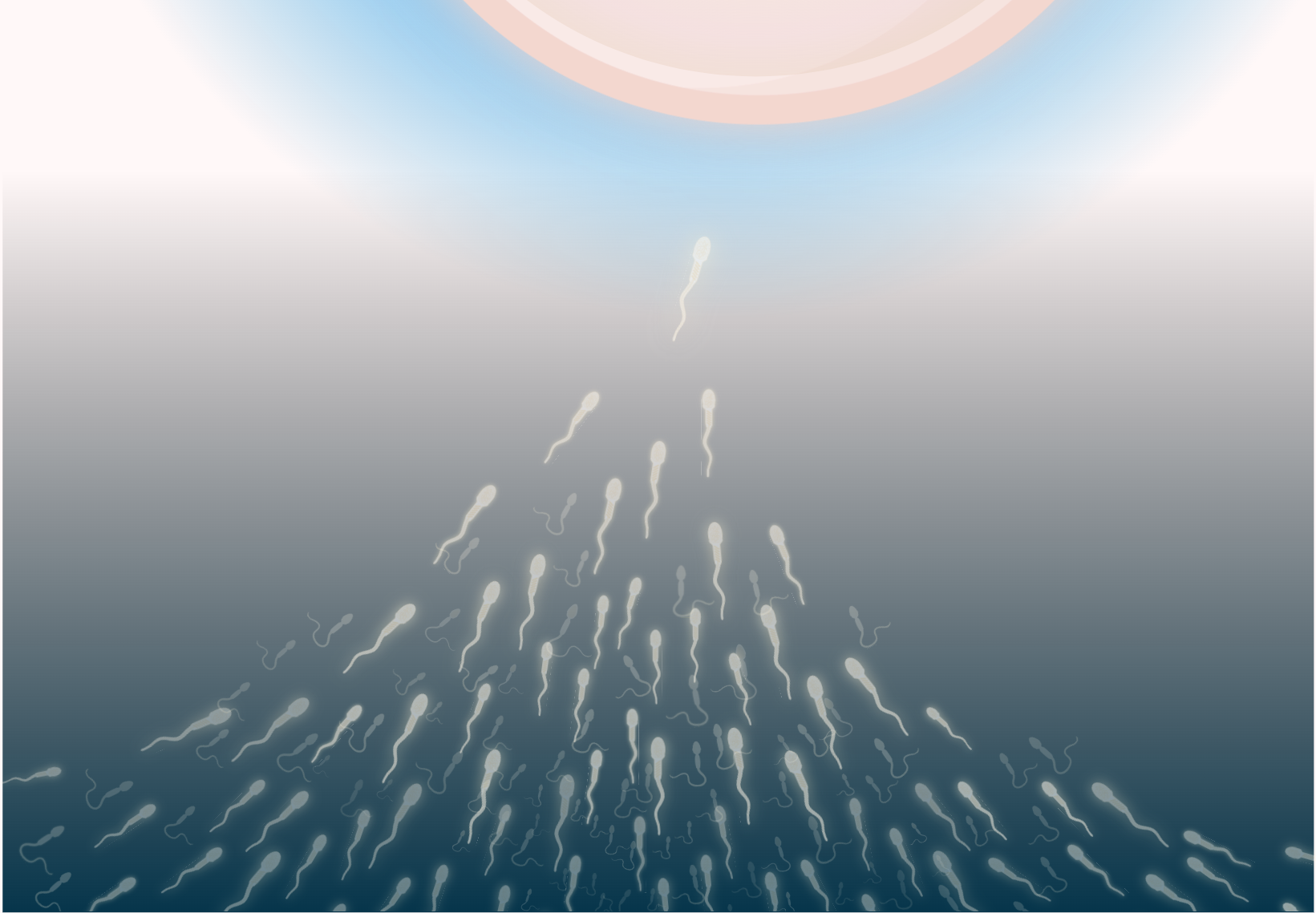Table of Contents
1. Introduction to the mammalian egg activation
- Ca2+ Rise in the mammalian Egg Activation:
- In mammals, transient rise in cytoplasmic Ca2+ is essential for egg activation.
- Sperm induces Ca2+ waves lasting hours, leading to egg activation.
- Key events: resumption of meiosis, cortical granule exocytosis, and release of maternal mRNAs.
- Similar to sea urchins, intracellular Ca2+ release triggered by IP3 production.
2. Sperm-Derived PLCζ: A Surprising Discovery
- Intracytoplasmic Sperm Injection (ICSI):
- ICSI bypasses egg cell membrane interaction by directly injecting sperm into oocyte cytoplasm.
- Contrary to assumptions, ICSI successfully activates human eggs and forms pronuclei.
- Mouse sperm injected into mouse eggs also induces Ca2+ oscillations and development.
- Sperm-Derived PLCζ:
- Stored in sperm head, delivered to egg during gamete fusion.
- PLCζ mRNA expression in egg produces Ca2+ oscillations.
- Removing PLCζ from mouse sperm abolishes calcium-inducing activity.
- Human sperm lacking functional PLCζ fail in ICSI.
3. Ca2+ Oscillations in Mammalian Eggs
- Multiple Waves of Calcium Ions:
- Unlike sea urchins, mammalian eggs experience numerous Ca2+ oscillations.
- Oscillation extent (amplitude, duration, number) regulates egg activation timing.
- Cortical granule exocytosis occurs before meiosis resumes and maternal mRNA translation.
- Ca2+ Binding Proteins and Functions:
- IP3-released Ca2+ binds to proteins:
- Calmodulin-activated protein kinase (eliminates mRNA translation inhibitors).
- MAP kinase (resumes meiosis).
- Synaptotagmin (initiates cortical granule fusion).
- Unused Ca2+ pumped back into endoplasmic reticulum.
- Extracellular Ca2+ recruitment essential for completing meiosis.
- Blocked Ca2+ influx results in nonviable (triploid) egg pronuclei.
- IP3-released Ca2+ binds to proteins:

